Fire and smoke damage repairs require careful, systematic procedures to guarantee the safety and quick recovery of damaged properties. In this detailed article, we'll examine critical aspects of fire and smoke damage restoration, explicitly focusing on Canton, Ohio.
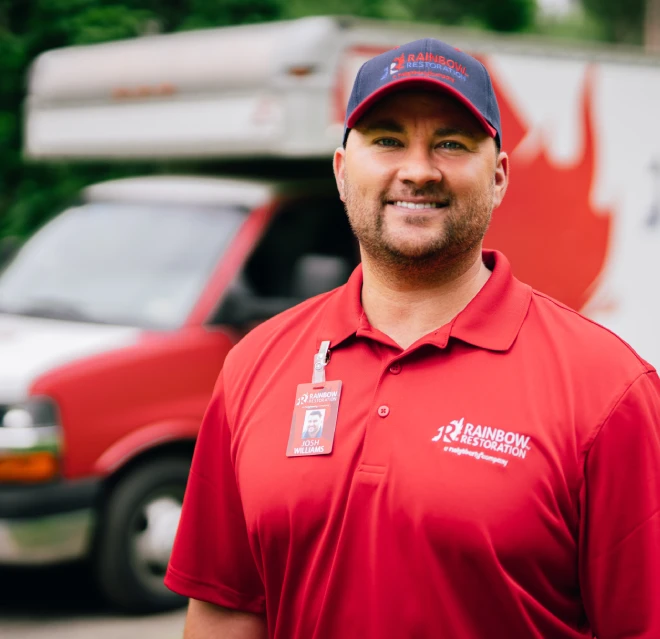
Common Challenges in Smoke and Fire and Smoke Damage Restoration
Fire and smoke damage restoration professionals face the task of effectively treating smoke odors using modern deodorizing techniques like thermal fogging or hydroxyl machines.
Restoration professionals deal with damage incurred from firefighting efforts, such as water damage caused by sprinkler systems, fire-retardant powders, and mold growth from excess moisture.
Additionally, rainstorms often interfere with efforts, thus hindering efforts during restoration attempts and rendering restoration efforts altogether ineffective.
Residential and Commercial Services
From water damage restoration, fire damage restoration, mold removal, to specialty cleaning services, we have the expertise property owners can trust for complete restoration and cleaning after a disaster or emergency.
-
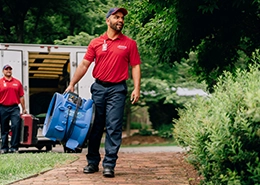
Water Damage Restoration
Restore properties after significant water damage from natural disasters or plumbing issues.Learn more Water Damage Restoration -
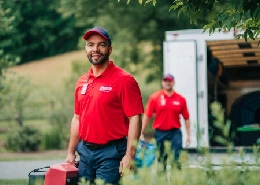
Smoke and Fire Damage Restoration
Remediation of structural fire damage, soot, and smoke stains to fully restore a property.Learn more Smoke and Fire Damage Restoration -
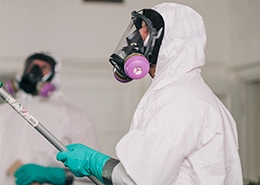
Mold Removal
Safeguard the health of occupants by eliminating potential health hazards and prevent further damage.Learn more Mold Removal -

Full-Service Reconstruction
Restore lives and rebuild properties after damaging events such as a fire, flood, or severe weather.Learn more Full-Service Reconstruction
FAQ About Fire & Smoke Damage Restoration in Canton, OH
Our Blog
-
.webp)
What Is a Restoration Company and When Will You Need One?
Restoration companies handle property damage from events such as floods, fires, and mold growth. They help restore a property to its best possible state by cleaning and repairing any damage.
-
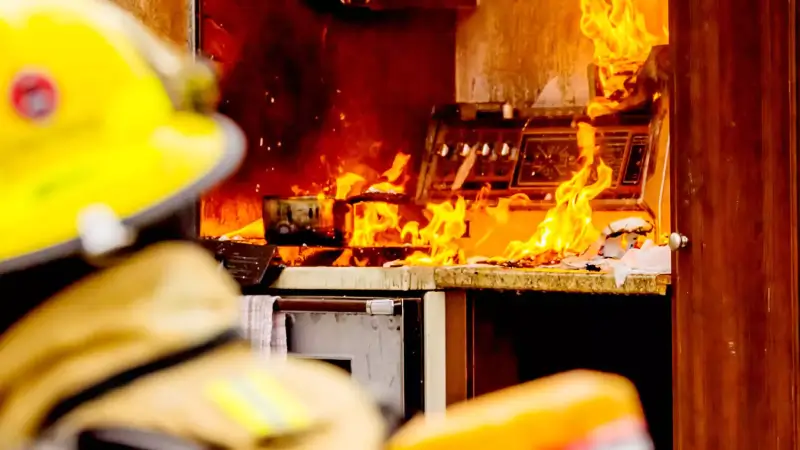
28 House Fire Statistics: How Common Are House Fires?
Knowing and understanding house fire statistics can provide valuable insight into how common house fires are, their typical causes, ways to prevent them, and the costs of smoke and fire damage.
-
.webp)
How Does Mold Spread? 5 Common Causes [+ Prevention Tips]
Mold spreads through air and water. Mold releases spores that use different methods to move from one place to the next. However, mold spread through the air is the most common form of growth in households and businesses.
White Papers
-
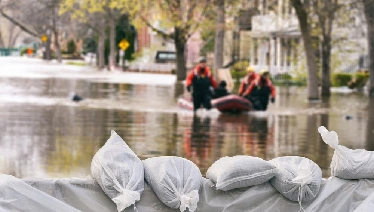
Disaster Restoration Response Time and Why it Matters
-
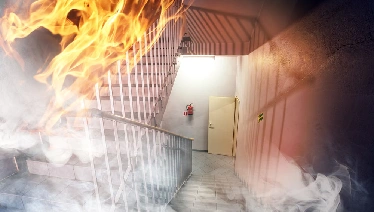
The Role of Emergency Preparedness Planning in Minimizing Business Disruptions
-
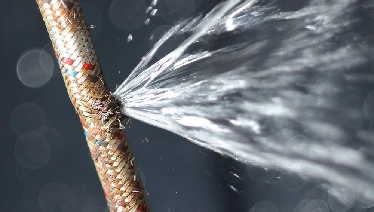
Protecting Your Home, Rental Property, or Business from Appliance-Related Floods
